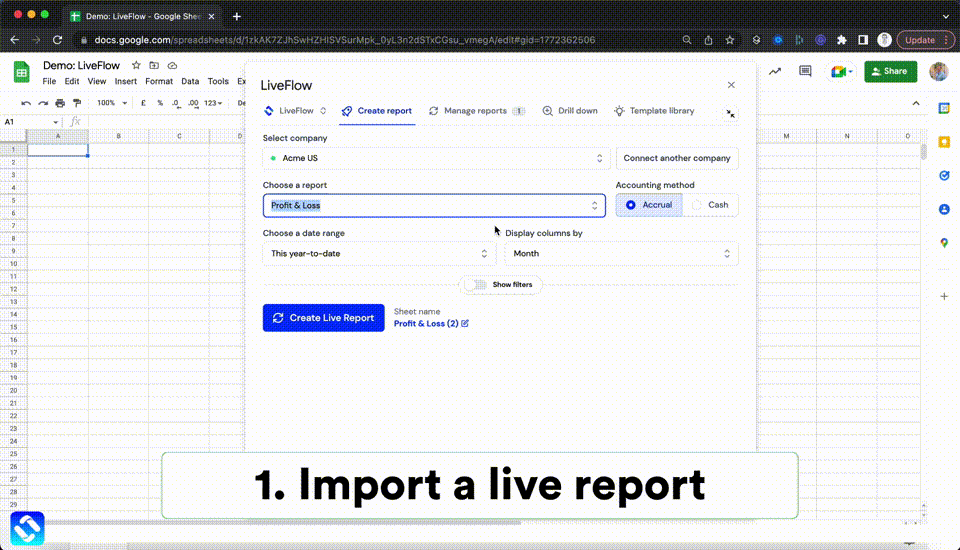EOMONTH Function in Excel: Explained
In this article you will learn how to use the EOMONTH formula in Excel
What does the EOMONTH formula do in Excel?
The EOMONTH function in Excel is used to calculate the last day of the month for a given date. It is a useful tool when working with financial data, such as calculating the due date of a bill or interest payment.
Where is the EOMONTH function used?
The EOMONTH formula is a powerful tool for financial analysis and planning, and can be used in a variety of ways to help you make better decisions based on accurate and up-to-date data.Here are some examples:
- Calculating due dates: EOMONTH can be used to calculate the due date for invoices, loan payments, and other financial obligations. For example, if you have a payment that is due 30 days after the end of the month, you can use EOMONTH to calculate the due date based on the invoice date.
- Budgeting: The EOMONTH formula can compute the end of each month for budgeting purposes. This can help you track expenses and income, and adjust your budget accordingly.
- Interest calculations: The EOMONTH function can calculate interest payments that are due at the end of each month. For example, if you have a loan with a monthly interest rate, you can use EOMONTH to calculate the interest due at the end of each month.
- Forecasting: EOMONTH allows you to understand the end of each month for forecasting purposes. This can help you predict future trends and adjust your strategy accordingly.
How to use the EOMONTH formula in Excel?
The syntax for the EOMONTH formula is as follows:
start_date: This is the starting date for which you want to find the last day of the month. It can be a cell reference or a date entered directly into the formula.
months: This is the number of months you want to add to the starting date. It can be a positive or negative value. Positive values will move the calculation forward in time, while negative values will move it backward.
Note 1: If the “months” argument is not an integer, the EOMONTH truncates the input value.
Note 2: When “start_date” or “start_date” plus “months” is not a valid date, the formula gives you the #NUM! error value.

Analyze your live financial data in a snap in Google Sheets
Are you learning this formula to visualize financial data, build a financial model, or conduct financial analysis? In that case, LiveFlow may help you automate manual workflows, update numbers in real-time, and save time. You can access various financial templates on our website, from the simple Income Statement to Multi-Currency Consolidated Financial Statement. Are you interested in this product but are an Excel user? That’s not a problem at all. You can connect Google Sheets to Excel quickly.
To learn more about LiveFlow, book a demo.

You can learn about other Excel and Google Sheets formulas and tips that are not mentioned here on this page: LiveFlow‘s How to Guides

